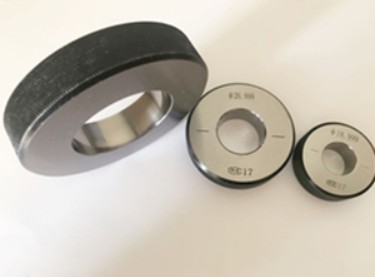Intro of Gage R&R
Gage R&R helps determine the magnitude of the variation in a measurement system as well as the sources of this variation. Part-to-part variation is the normal range over measurement times. Repeatability is the variation because of the gage itself, while reproducibility is the variation because of different operators using the gage.
Repeatability and reproducibility together are called "measurement error” and are measured as "gage R&R." A good measurement system has very low noise, preferably less than 1% of the total variability in your data, indicated as a gage R&R of less than 10%. A poor system will have noise greater than 9% of the total variation, or a gage R&R greater than 30%.
Gage R&R measures the size of the noise relative to the total data variation, which is called % of total variation.
This information helps operators determine how to fix a poor measurement system. For instance, a high repeatability relative to reproducibility indicates the need for a better gage.
A high reproducibility relative to repeatability indicates the need for better operator training in the use of the gage.
Gage R&R helps determine if a measurement system is adequate for your needs.
The study also helps determine what needs to be fixed if the system is poor, tells the operator if the measurement system is trustworthy or if he needs a better system and, ultimately, saves the operator from making costly errors.
Get more Products info.
